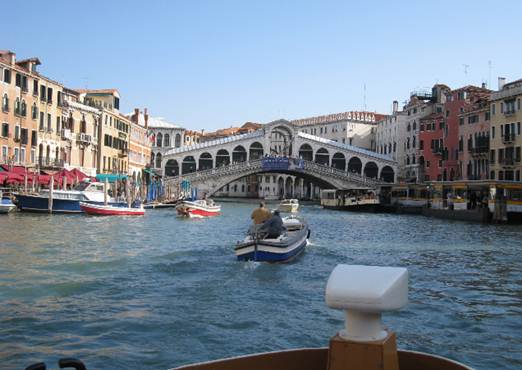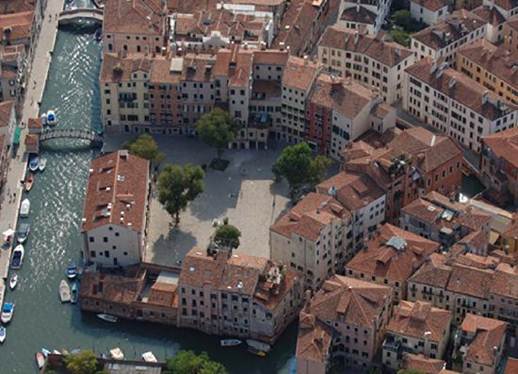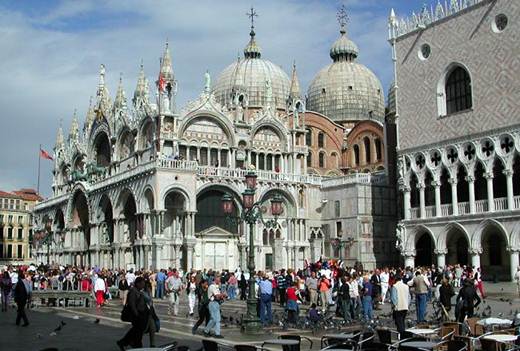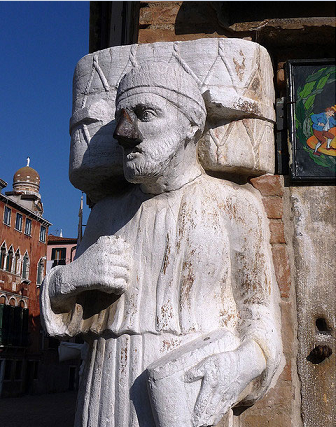With the World Shakespeare Festival in full
swing, why not step back in time to visit the sources of the writer’s
inspiration from Venice to Sicily? With a little help from some of Britain’s
finest Shakespearean actors, Italian historian and broadcaster Francesco da
Mosto is your guide
Venice is my
city, and the first Shakespeare play I saw was The Merchant of Venice. The
atmosphere of what he described still exists on the streets and narrow alleys
of the Rialto; the smells of spices and fresh fish in the nearby market linger
in the air as they would have done in Shakespeare’s time. The Fondaco dei
Tedeschi, next to the Rialto on the Grand Canal, is due to become a shopping
centre, commissioned by Benetton and remodeled by OMA architects, but it was
originally a busy trading post for German merchants in Venice. It is not far
from where I live, although today the different languages of the tourists
substitute the garrulous voices of 16th-century seafarers.

the
Rialto on the Grand Canal
The name of the merchant, Antonio, is
forgettable. But not that of Shylock or the ghetto where he and all the other
Jews were obliged to live, and where the atmosphere and sights hardly seem to
have changed. Venice’s Ghetto (www.ghetto.it)
was the first place in the known world where Jews were not persecuted. Founded
by the Republic of Venice in 1516, it was a kind of caged haven where huge
gates and guard prevented anyone from leaving between sunset and sunrise. The
name comes from a term used for the foundries – geti – in the area. Today you
visit what were known as the Scole, the synagogues built in the 16th
and 17th centuries on the Campo di Ghetto Nouvo and Campiello delle
Scole, and the Jewish Museum in the Campo di Ghetto Nouvo. I took the actor
Ciaran Hinds around the Ghetto, reflecting on the degree to which the Jewish
quarter could have influenced the character of Shylock. We also walked along
the corridor leading to the Hall of the Great Council in the Doge’s Palace,
where Shylock would have met the Doge.

Venice’s
Ghetto
Venice was a cultural and commercial
gateway between east and west, and an extremely cosmopolitan society in the 16th
century, which is why the setting for Othello was so appropriate. If
Shakespeare ever came to Venice, I think he would most certainly have visited
the Doge’s Palace, as well as taking in the view from St Mark’s Campanile from
where you can see the bronze figures of the two moors (Mori) who strike the
bell in the Torre dell’Orologio. He would also have seen the Palazetto
Contarini-Fasan on the Grand Canal, known as Desdemona’s House, where legend
has it that a jealous husband from the Moro family of Doges murdered his wife.

the
Doge’s Palace
The area around the Chiesa della Madonna
dell’Orto in the further reaches of the Canaregio district is evocative of
Shakespearean times. Walking along the nearby Calle dei Mori to the Fondamenta
dei Mori, you will find four statues of moors on the façade of Palazzo
Mastelli. The one with the turban is Sior Rioba who came from Morea (one of
Venice’s former Greek outposts).

The
one with the turban is Sior Rioba who came from Morea (one of Venice’s former
Greek outposts)
Insider tip: The Fondamenta della
Misericordia in Venice’s Cannaregio district has many good bars and
restaurants, including Osteria da Rioba (00 39 41 524 4379), which serves an
imaginative menu and delicious wines.
Verona
markets itself as the city of love, and the power of Romeo and Juliet seems to
break through the bounds of fiction when you see Juliet’s tomb. Before it was
even open to the public, Lord Byron came here and said the tomb was “as sad as
her love”. The covered walkway leading to what was supposedly Juliet’s House
(the property was once owned by the Capulets) is now covered in graffiti,
written in many languages. There is also an organization based in Verona, The
Juliet Club (ww.julietclub.com), to which people send their lonely-heart
letters and sympathetic volunteers write replies. Next door to what was allegedly
Romeo’s family house there’s now a restaurant, Osteria al Duca (00 39 45 594
474). However, the sycamore woods outside the Porta della Paglia, where Romeo
went to brood over his love, seem to be just as Shakespeare imagined them.